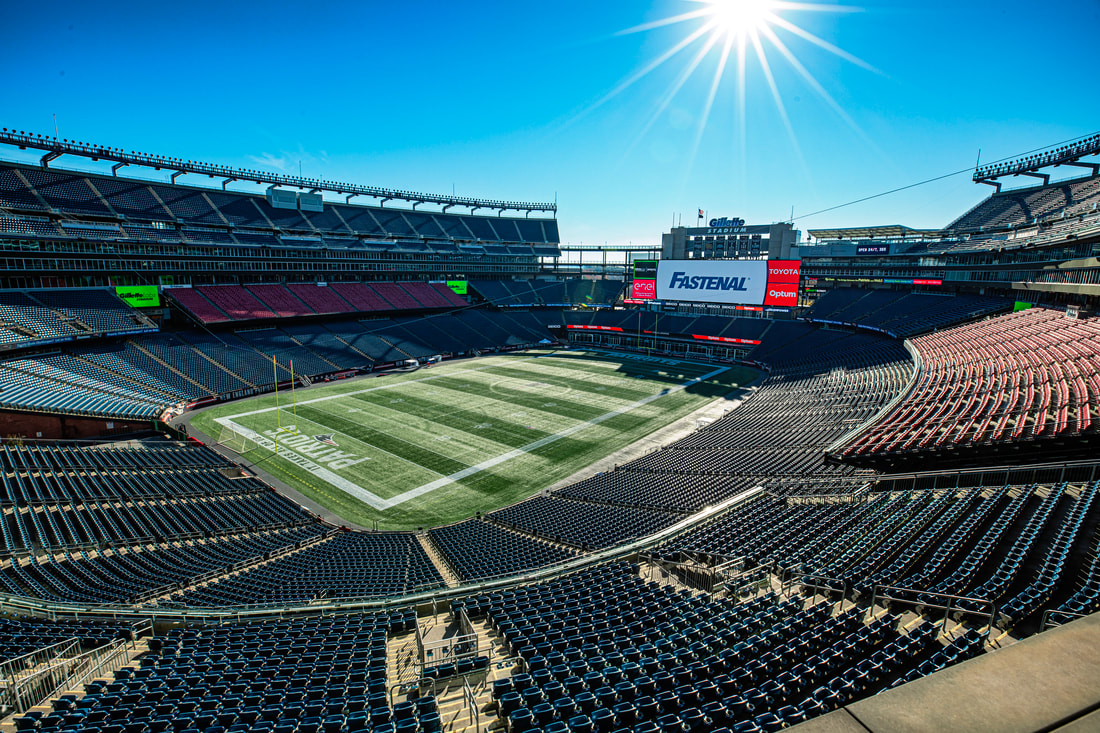Onsite FAQ: Eight answers that can improve your work
September 19, 2023
By Blue Print Editorial Staff
By Blue Print Editorial Staff
1. What is an Onsite?The short answer: It’s a custom solution for your facility. How’s it work? Fastenal hires staff to focus on your facility. This workforce is paid by Fastenal but dedicated to only your supply chain. This team implements strategies, deploys VMI technology, and looks for areas of continuous process improvement. All of this ensures the delivery and management of product occurs in the most reliable, efficient, and cost-effective manner.
Perhaps the greatest value of an Onsite is the ability to eliminate, reduce, or transfer a significant portion of your total supply chain expense to a world-class partner (Fastenal). This frees up your capital, labor, and other resources to focus on the aspects of your business that allow you to excel. 2. What are the benefits of an Onsite?First, having workers in your facility who are on Fastenal’s payroll is a big win. They work on your priorities but are paid by Fastenal! By having dedicated Fastenal personnel on location, an Onsite allows your supply chain to plan, adapt, and optimize. Eliminating waste and lowering expenses for your operation.
Waste comes in many forms:
3. What would an Onsite look like in my facility?Every single Onsite is unique. Each is built specifically to serve one business. Before an Onsite takes shape in a facility, an assessment takes place to determine the organization’s needs, goals, and opportunities. This detailed analysis is conducted by Fastenal’s subject matter experts, who are trained to identify bottlenecks, wasted movement, and process improvements.
Space inside a facility is always at a premium. With that in mind, Fastenal works with the operational team to see what space availability exists. Armed with the results from the assessment, Fastenal and the operations team negotiate a location that minimizes disruptions in operations and maximizes benefits to your team. What might this look like? Onsites range in size from a single desk in a purchasing department, to a caged tool crib, to an entire building on a campus. The solution is built around your needs and fits like a puzzle piece with your larger operation. 4. How long does an Onsite agreement last? Are we locked in for the long term?The terms of Onsite partnerships are negotiated uniquely with each customer. The initial signing typically is set for 12 months and is renewed annually. After signing the agreement, the Fastenal team arranges regular meetings (monthly or quarterly) with leadership to actively align and renew the partnership.
The goal is a long-term partnership extending past an annual renewal. Why? This allows for additional opportunities for cost savings for the customer and additional investment by Fastenal thus creating a flywheel effect of value creation in your supply chain. 5. Our current Fastenal representative already spends a lot of time in our facility. How would things be different if they worked in an Onsite?No one understands your operation better than you. The hours spent building, optimizing, and growing your business are difficult for an outsider understand. So, by having an Onsite, your Fastenal representatives will become dedicated to just your team. They’ll learn the nuances of your operation, schedule, and production. With this knowledge, they can move past the supplier model to create value for your organization.
Three examples
By acting as an extension of your business, a Fastenal Onsite Representative has an improved understanding of your objectives. These insights can only be achieved through observation, proximity, and shared goals. Add in Fastenal’s focus on continuous improvement, and you have an additional asset to create value for your business. An Onsite isn’t just a service model; it’s solutions, partnership, and continuous improvement rolled into one convenient package. 6. How much does this service cost?Due to the custom nature of the Onsite partnership, there are no pre-determined fees or cost structure. The Onsite Solution Agreement will detail the responsibilities and expectations of both Fastenal and the customer along with applicable fees if required.
The terms of these agreements vary significantly based upon customers’ needs and expectations. Variables to these agreements could include spend commitments, service hours, technologies implemented, payment terms, labor needs, and inventory commitments. 7. What does the Onsite Implementation process look like?Implementation has five phases
Let’s break them down
8. Implementing the Onsite seems time and resource consuming. How can we implement and not slow down production?The Onsite implementation process is managed almost completely by Fastenal’s highly skilled project managers. It's designed to have minimal effect on your ongoing operations. It starts with a full crib crawl and gap analysis. This identifies critical production parts, stocking levels, and part availability. This ensures parts are ready and available for the customer to maintain production even during this transition.
You may also like: Vertical Divider
|
Like what you're seeing here? Subscribe to the Blue Print for FREE and get the magazine sent right to your address.
Got feedback? Email us at [email protected] |





